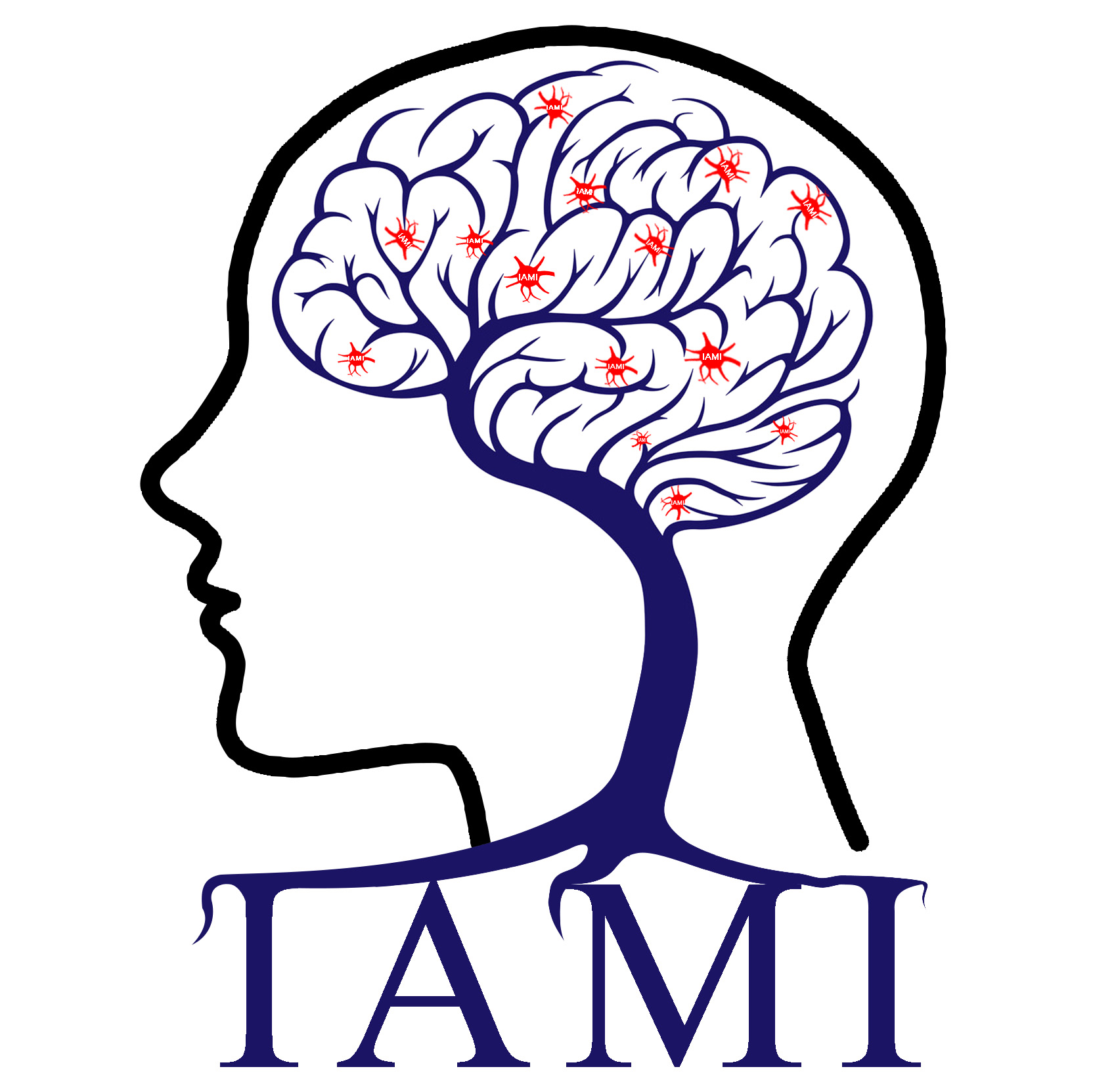
Yuhui Du Personal Website-Intelligent Analysis of Medical Image
Address:Taiyuan, China
Jiayu Chen*, Gunter Schumann, Shile Qi, Zening Fu, Jing Sui, Jessica Turner, Yuhui Du, Vince Calhoun, Jingyu Liu. S93CHANGE IN BRAIN FUNCTION DURING BEHAVIORAL INHIBITION MEDIATES ASSOCIATION BETWEEN BASELINE DNA METHYLATION AND CHANGE IN ALCOHOL USE. European Neuropsychopharmacology, 2019, 29: S161-S162.
时间:2020-06-19 19:00:56 来源: 点击:[1023]
Background
The development of alcohol use disorder involves dynamic changes at molecular, neurobiological and behavioral levels. It is widely accepted that alcohol use leads to structural and functional changes in the brain,which facilitates the transition from controlled intake to addiction, known as neuroadaptation, where epigenetics likely plays a role. In this work, we used a longitudinal cohort to investigate whether age-14 DNA methylation (DNAm) might be associated with age-19 – age-14 change in alcohol use and whether this association might be mediated by age-19 – age-14 change in brain function during behavioral inhibition.
Methods
We tested the hypothesis in 675 IMAGEN subjects (normally developing adolescents) with the following data available: (a) DNAm from whole blood collected at age of 14; (b) functional magnetic resonance images (fMRI) collected during a stop-signal task at age of 14 and 19; and (c) Alcohol Use Disorders Identification Test (AUDIT) scores measured at age of 14 and 19. DNAm was typed in two batches using the Illumina 450K array and provided as preprocessed by the consortium. A total of 48371 DNAm markers with standard deviation > 0.05 were selected for analyses. The fMRI data went through the standard preprocessing with a 6mm smoothing. We focused on the stop success (SS) and stop failure (SF) trials and selected 54895 in-brain voxels to compute age-19 – age-14 changes. We also computed age-19 – age-14 changes in 14 AUDIT measures, including questions 1-10, as well as frequency, symptom, harmful use and total scores.
We identified significant three-way associations using DNAm Batch 1 (338 samples) for discovery and Batch 2 (337 samples) for replication. In discovery, we first applied independent component analysis to the fMRI data to extract 49 multivariate components that captured voxels showing covariations in longitudinal changes. We then identified associations: (a) between age-14 DNAm and fMRI change, passing false discovery rate (FDR) correction for 48371 × 49 tests; (b) between fMRI change identified in (a) and AUDIT change, passing FDR correction for 14 tests; and (c) between DNAm identified in (a) and AUDIT change identified in (b) (p < 0.05). For replication, the discovery fMRI components were projected to the replication data. The resulting fMRI latent variables were examined for associations with identified DNAm and AUDIT features (p < 0.05). Finally, we examined the mediation effect with a 10000-run bootstrapping test.
Results
Significant associations were observed between DNAm at cg18551531, change in SF activation in right anterior insula, and change in frequency of getting a drink in the morning (a: r = −0.28, p = 1.75E-07; b: r = 0.29, p = 1.47E-04; c: r = −0.21, p = 8.26E-03). These associations were replicated: a: r = -0.11, p = 5.00E-02; b: r = 0.15, p = 4.44E-02; c: r = −0.18, p = 2.55E-02. Change in brain function significantly mediated the association between DNAm and AUDIT change (p = 0.045) in discovery while a marginal effect (p = 0.054) was noted in replication.
Discussion
Bilateral insula was found to be more activated in SF than SS and show greater SF activation when stop signals were presented less compared to more frequently. The identified DNAm marker is annotated to the LSM7 gene, which was found to show altered expression after ethanol treatment in mouse. Collectively, our findings provide preliminary evidence that epigenetic regulation plays a role in the development of addiction through affecting the brain,and early age DNAm predicts future alcohol use to a certain level.

 Current location:
Current location: